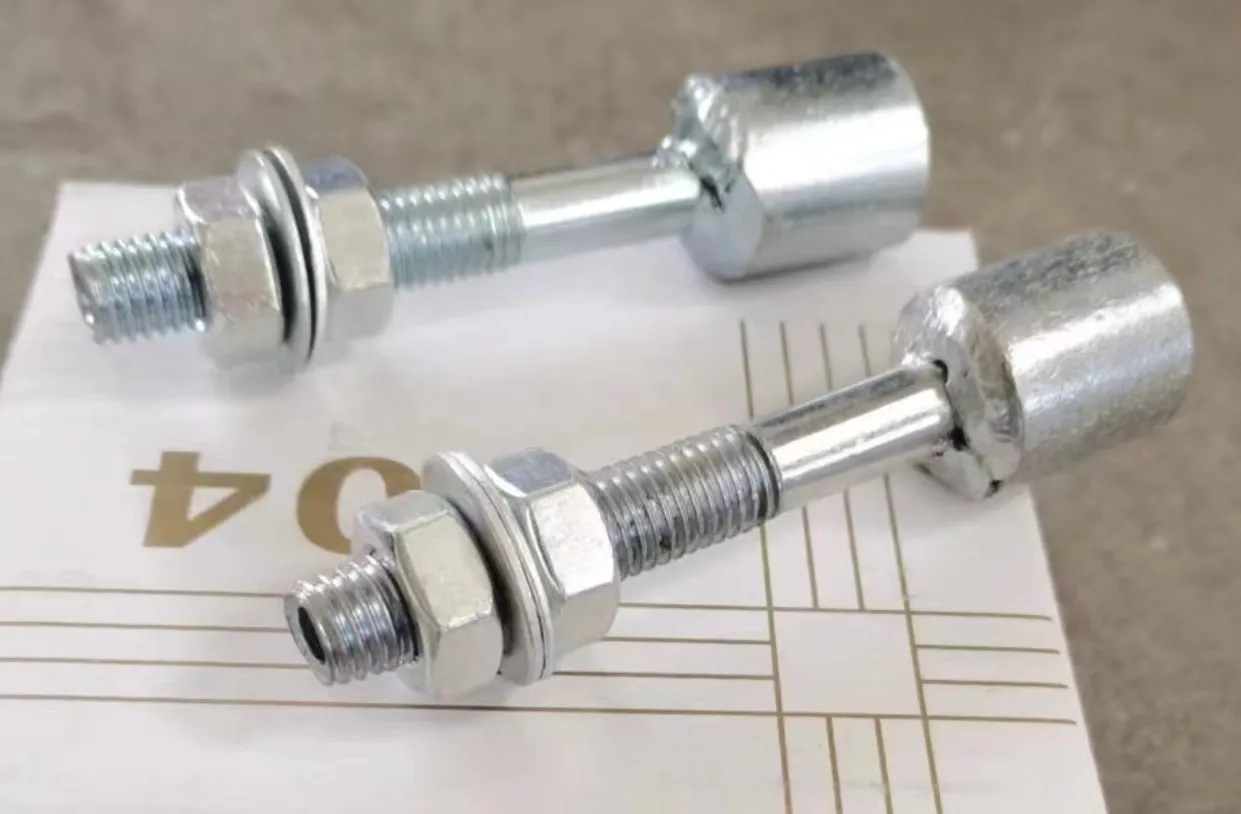loading...
- No. 9, Xingyuan South Street, Dongwaihuan Road, Zaoqiang County, Hengshui, Hebei, China
- admin@zjcomposites.com
- +86 15097380338
- Welcome to visit our website!
frp piles
Understanding FRP Piles A Modern Solution for Foundation Engineering
Fiber-Reinforced Polymer (FRP) piles have emerged as a revolutionary solution in the field of foundation engineering. As construction projects grow in complexity and scale, the demand for materials that provide durability, strength, and cost-effectiveness has surged. FRP piles, consisting of a polymer matrix reinforced with fibers such as glass or carbon, offer a multitude of advantages that traditional materials like concrete and steel cannot match.
Composition and Manufacturing
FRP piles are made from a composite material that combines a polymer resin with reinforcing fibers. The most common fibers used include glass fibers, which provide strength and stability, and carbon fibers, known for their lightweight properties and exceptional strength-to-weight ratio. The manufacturing process involves a pultrusion method, where continuous strands of reinforcement are pulled through a resin bath and then shaped into pile sections. This technique not only ensures a uniform product but also allows for customizable designs tailored to specific project requirements.
Advantages of FRP Piles
1. Corrosion Resistance One of the most significant benefits of FRP piles is their resistance to corrosion. Unlike traditional materials, FRP is not susceptible to rust, which can lead to structural degradation over time. This characteristic makes FRP piles ideal for coastal, marine, and industrial applications where exposure to harsh chemicals and saline environments is common.
2. Lightweight FRP piles are considerably lighter than their concrete or steel counterparts. This weight reduction facilitates easier handling, transportation, and installation, especially in remote locations or projects with limited access. The lighter weight also reduces the need for heavy machinery during construction, leading to lower overall project costs.
3. High Strength-to-Weight Ratio Despite their lightweight nature, FRP piles exhibit a high strength-to-weight ratio, allowing them to bear significant loads while minimizing material usage. This characteristic is particularly advantageous in designing foundations that require substantial load-bearing capabilities without compromising on space or structural integrity.
frp piles

4. Environmental Sustainability As the world becomes increasingly focused on sustainable construction practices, FRP materials stand out due to their long service life and reduced environmental impact. FRP piles can also be manufactured from recycled materials and are recyclable themselves, promoting a circular economy in construction.
Applications of FRP Piles
FRP piles have found applications in various sectors, including
- Marine Structures Due to their corrosion resistance, FRP piles are ideal for docks, piers, and other waterfront structures exposed to harsh marine environments. - Bridges and Elevated Structures The lightweight nature of FRP allows for the construction of bridges and elevated walkways with reduced dead loads, which can lead to more efficient designs. - Foundations for Industrial Facilities Industries that involve chemical storage or processing benefit from the non-corrosive properties of FRP, which ensures that their foundations remain intact regardless of the environment.
Challenges and Considerations
While FRP piles offer numerous advantages, some challenges still need to be addressed. The initial cost of FRP piles can be higher than traditional materials due to their advanced manufacturing processes. Moreover, engineers may require additional training to understand the unique properties of FRP and how to design effective structures using these materials.
Conclusion
In conclusion, FRP piles represent a cutting-edge solution in foundation engineering. Their corrosion resistance, lightweight characteristics, high strength, and sustainability make them an attractive option for modern construction projects. As technology continues to advance and the demand for durable materials grows, it is likely that the use of FRP piles will become increasingly prevalent in the industry, reshaping the way foundations are built and maintained for years to come. The lasting impact of FRP technology in construction promises not only enhanced structural performance but also a move toward more environmentally conscious building practices.
-
GRP Structures: The Future of Lightweight, High-Performance EngineeringNewsJun.20,2025
-
FRP Water Tank: High-Performance Storage for Corrosive and Clean Water SystemsNewsJun.20,2025
-
FRP Square Tube: The New Industry Standard for Chemical and Structural ApplicationsNewsJun.20,2025
-
FRP Pultruded Profiles: The Ultimate Choice for Lightweight Structural StrengthNewsJun.20,2025
-
FRP Handrails: The Safer, Smarter, and Stronger Choice for Modern InfrastructureNewsJun.20,2025
-
FRP Grating: The Smart Solution for Durable, Lightweight Industrial FlooringNewsJun.20,2025
-
Why Choose a Galvanized Water Tank for Your Storage NeedsNewsMay.21,2025
